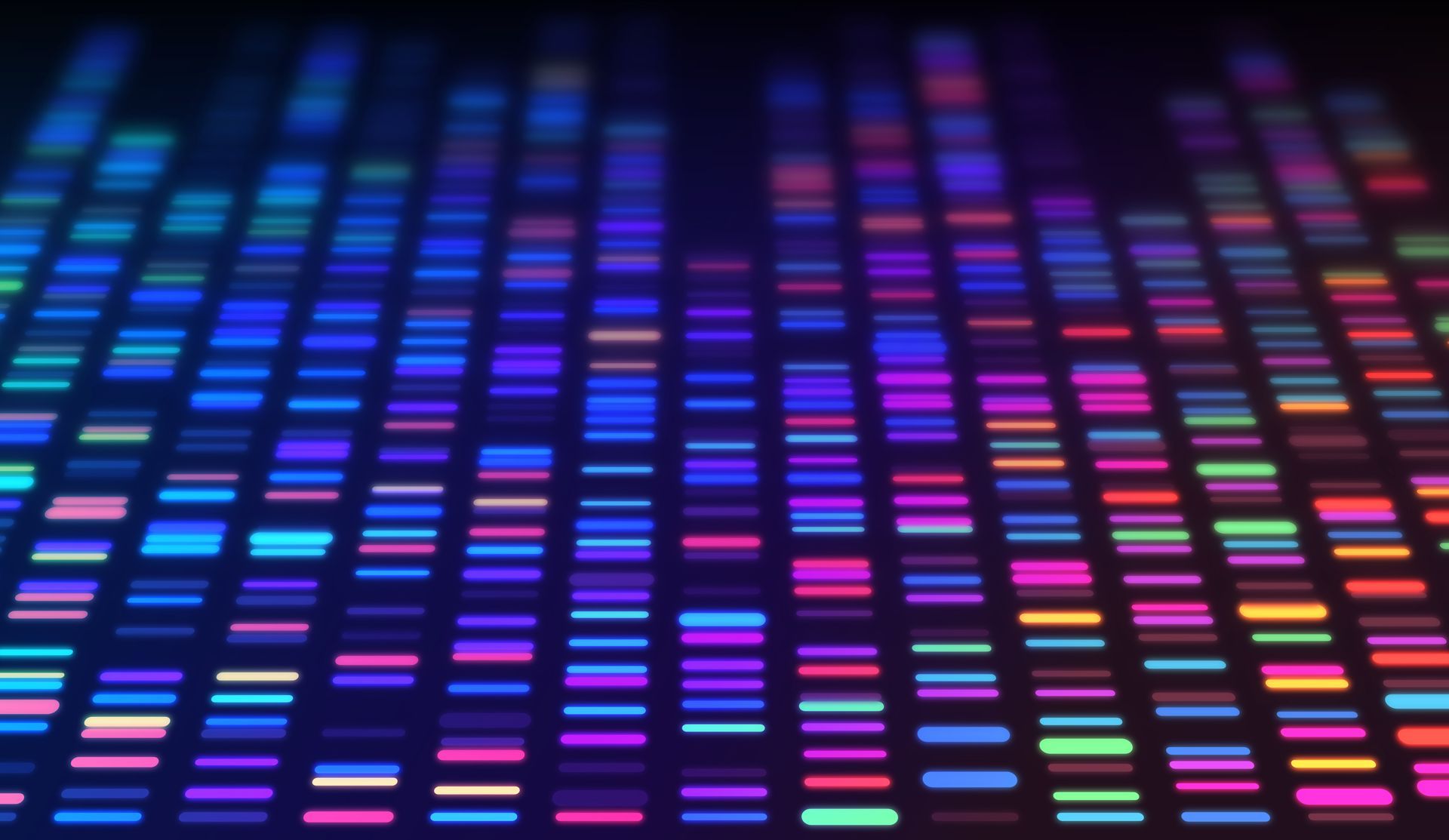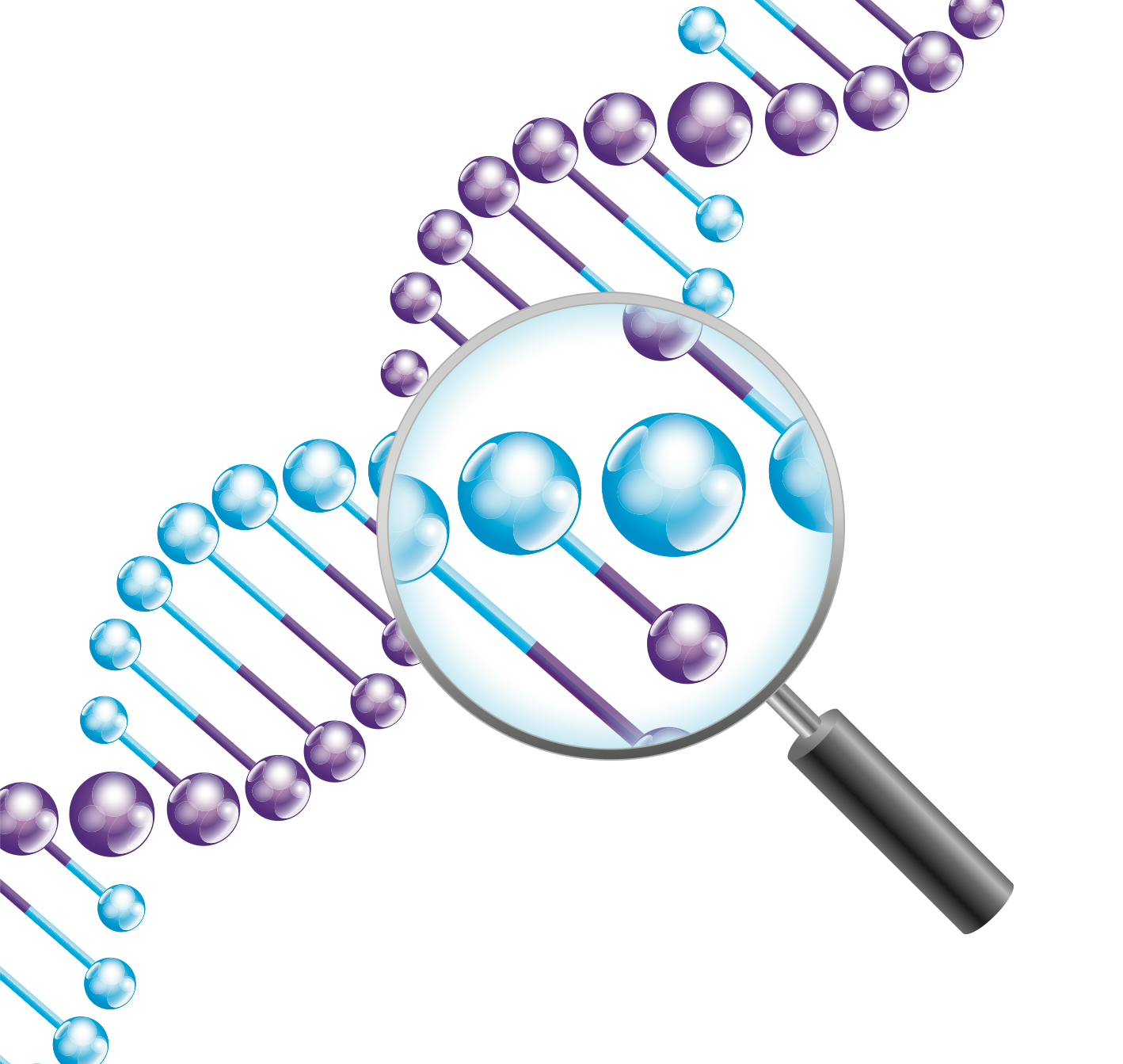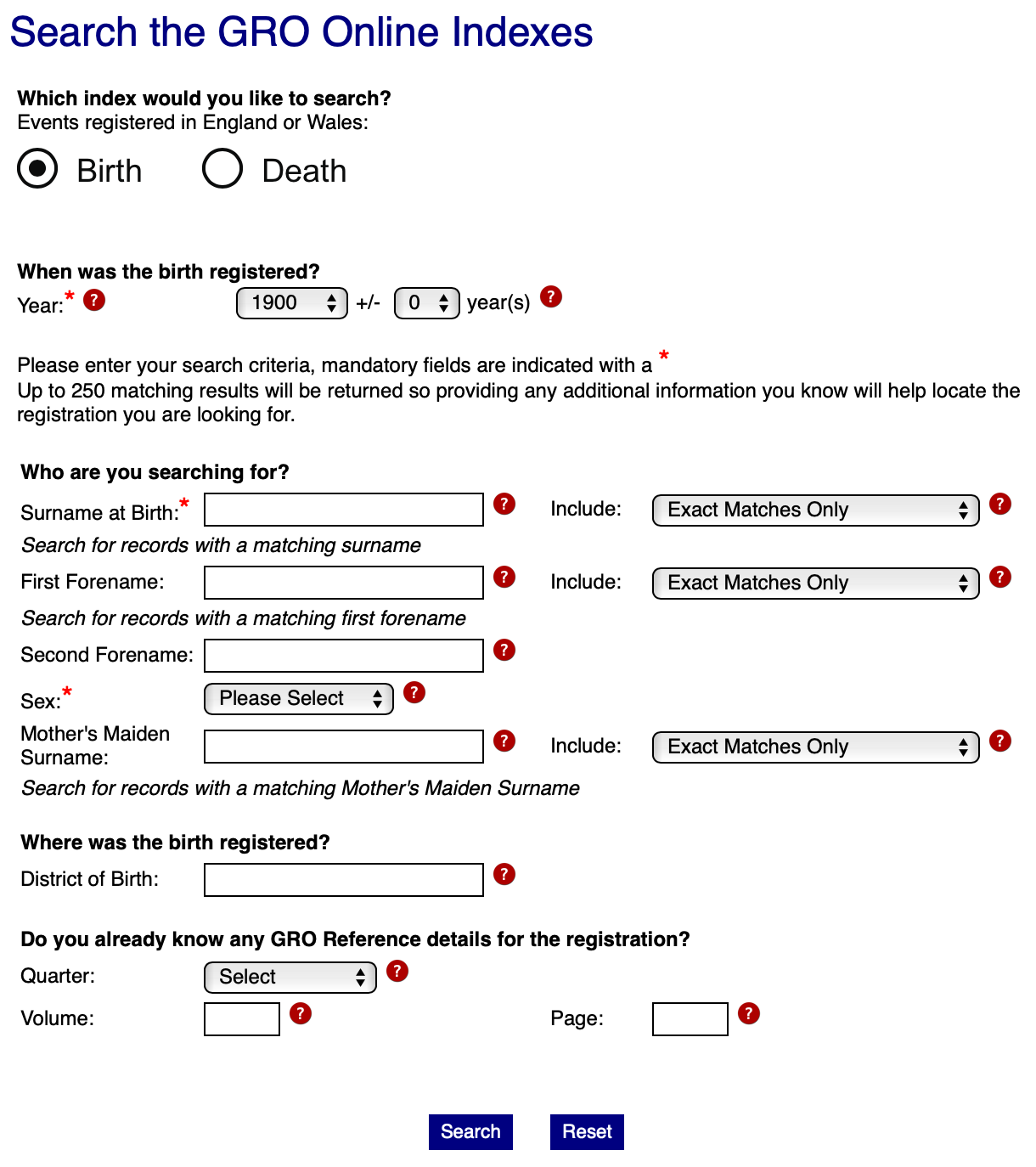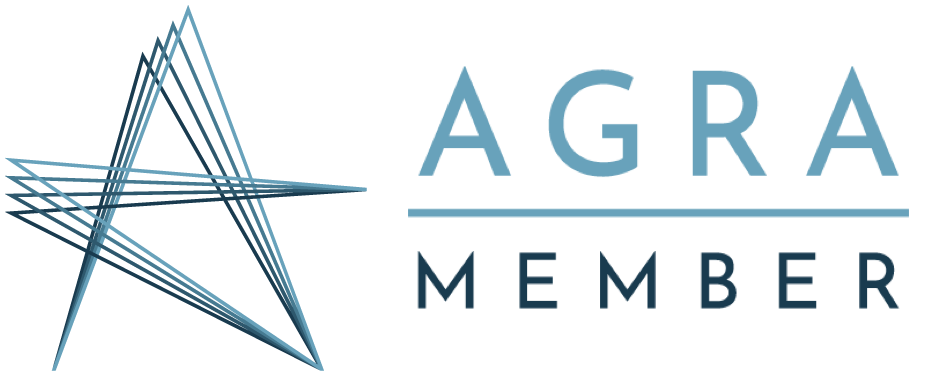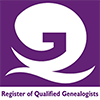Review – Tracing Your Ancestors Using DNA
The most recent publication for those of interested in using DNA to assist with their family history research is the collaborative effort: Tracing Your Ancestors Using DNA, published in the summer. Edited by Graham S. Holton, this volume contains contributions from Graham himself plus John Cleary, Michelle Leonard, Ian McDonald and Alistair F. MacDonald.
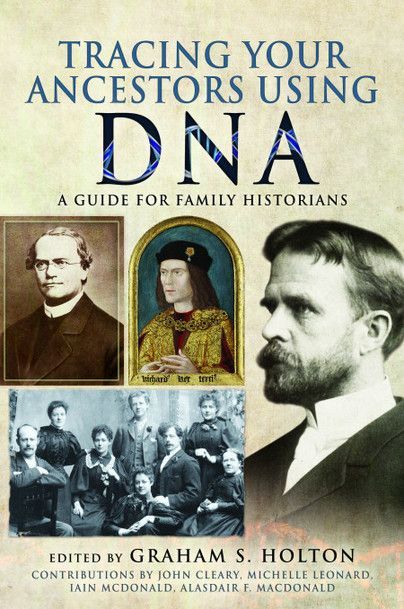
The full chapter listing is as follows:
- Why use DNA testing for genealogy?
- The ethical and legal aspects of genetic genealogy
- Understanding the principles of DNA testing for genealogy
- atDNA tests
- Y-DNA tests
- mtDNA tests
- Choosing between testing companies
- Projects
- An integrated approach to DNA testing for genealogy
- Ancient DNA
- What does the future hold?
A big plus for me is that, before even starting to talk about what DNA is or testing companies, this book takes us through why you might want to take a test and the ethical considerations you should first consider. With so many surprises found in DNA results and privacy issues to take into account, it is important to think things through in a balanced way before you start.
Then we have an introduction to DNA and individual chapters on the different types of DNA. These are comprehensive chapters and there is a lot of ground covered, perhaps overwhelming for a beginner on their first read. This is a book useful to both beginners and those who have some experience with DNA testing, so if it is all new to you, don’t be afraid of not understanding everything and needing to read these chapters again. Of particular note within the chapter on Autosomal DNA (e.g Ancestry DNA tests) is a really useful section on contacting matches and practical advice on working with matches.
My only gripe with these chapters, and this point is addressed to the publisher rather than the authors, is that DNA is far easier to understand with lots of colour pictures. The images are too small and who wants to try to understand a chromosome browser for the first time in shades of grey?
One of my favourite chapters, as it is an area of personal interest, was the chapter on projects. These are usually associated with Y-DNA but more and more are including autosomal DNA results. I was surprised, however, to find no mention of the Guild of One Name Studies, whose members run a number of the Y-DNA projects on Family Tree DNA.
Overall, an essential addition to the library for anyone serious about using DNA testing in family history research, that benefits from having contributions from some of the experts in the field on the different types of DNA. I would however, recommend that beginners read this in combination with Blaine Bettinger’s
The Family Tree Guide to DNA Testing and Genetic Genealogy.


